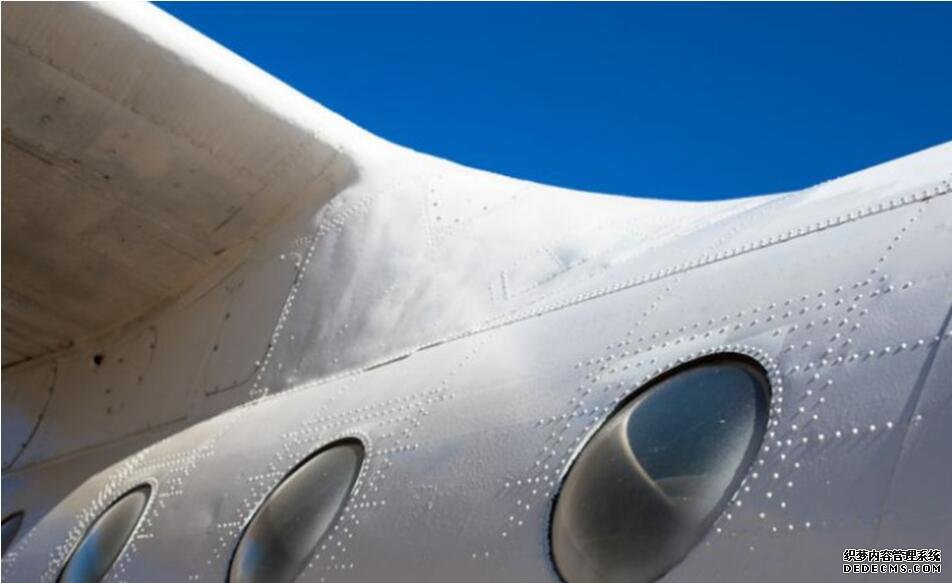Aircraft grade aluminum is light in weight, high in strength and corrosion resistant. Although it loses some strength at high temperatures, the strength of aluminum will increase at sub-zero temperatures. This is very useful in aerospace, because aircraft often operate at extremely low temperatures. Flying in the environment. During the First World War, aluminum began to replace materials such as wood and canvas on aircraft as the main body of the aircraft. The first all-metal aircraft "Junkers J 1" was designed by German aircraft designer Hugo Junkers in 1915. The internal structure was aluminum alloy tubes. Nowadays, the use of aluminum in aviation has become more and more complex. The fuselage, wings, doors, floor and seats are almost all made of aluminum. There are almost no parts that can be replaced by aluminum. 80% of the Boeing 737 fuselage is made of aluminum Enough.

Pure aluminum has almost no practical use and must be alloyed with other metals before it can be used. The application of
aircraft grade aluminum in aircraft parts:
2024-T3
2024-T3 is composed of 4.5% copper, 0.6% manganese and 1.5% magnesium. This is the top high-strength aluminum alloy with fatigue resistance and is one of the most common aircraft alloys. Although it is not suitable for welding and cannot be heat treated, it is a good choice for maintenance work due to its excellent finish.
6061-T6
6061-T6 is composed of 0.25% copper, 0.6% silicon, 1.0% magnesium and 0.25% chromium. This alloy also has a good finish. In addition, it has good corrosion resistance and is very suitable for welding. Its strength and workability are comparable to low carbon steel. It is heat-treatable.
3003-H14
3003-H14 contains 1.2% manganese and is the most widely used aluminum alloy. It is easy to process. Although it cannot be heat treated, it can be cold processed to increase its strength.
7075-T6
7075-T6 is composed of 1.6% copper, 2.5% magnesium and 5.6% zinc. Aircraft manufacturers usually use it to reinforce the structure of the aircraft. Due to its 1.6% copper content, its weldability is poor, but its workability is strong. It is heat-treatable.
5052-H32
5052-H32 is composed of 2.5% magnesium and 0.25% chromium. This alloy has the highest strength in the non-heating alloy series and can be improved by cold working. It also has excellent fatigue strength, corrosion resistance and workability, and is a very suitable material for aviation and navigation.





